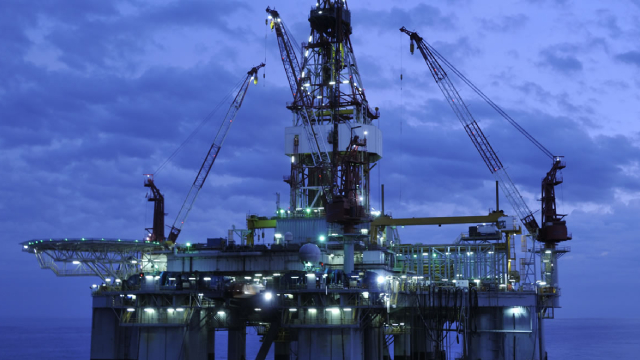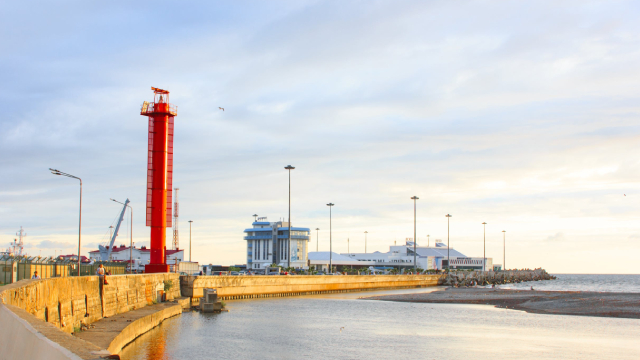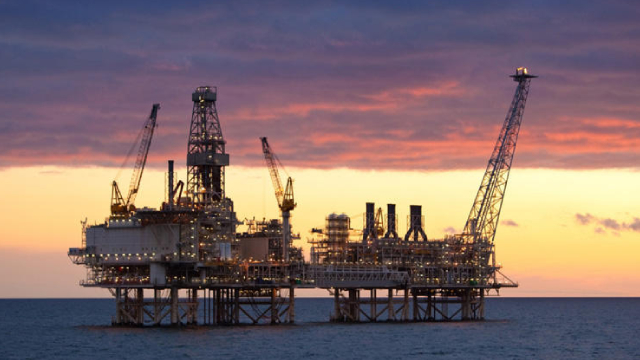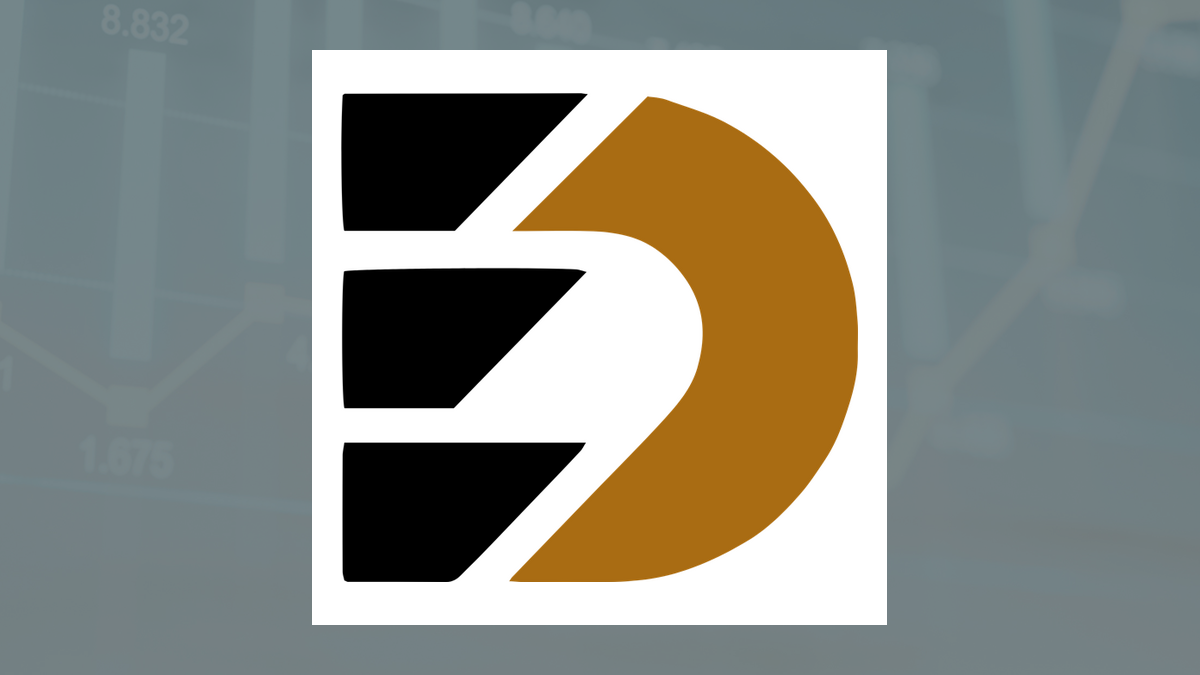
FANG
Diamondback Energy, Inc.
$149.31
2.29
(1.56%)
| Exchange: | |
| Market Cap: | 43.411B |
| Shares Outstanding: | 22.612M |
About The Company
| Sector: | Energy | |||||
| Industry: | Oil & Gas Exploration & Production | |||||
| CEO: | Matthew Kaes Van’t Hof | |||||
| Full Time Employees: | 1983 | |||||
| Address: |
|
|||||
| Website: | https://www.diamondbackenergy.com |
Diamondback Energy, Inc., an independent oil and natural gas company, focuses on the acquisition, development, exploration, and exploitation of unconventional and onshore oil and natural gas reserves in the Permian Basin in West Texas. It focuses on the development of the Spraberry and Wolfcamp formations of the Midland basin; and the Wolfcamp and Bone Spring formations of the Delaware basin, which are part of the Permian Basin in West Texas and New Mexico. As of December 31, 2021, the company’s total acreage position was approximately 524,700 gross acres in the Permian Basin; and estimated proved oil and natural gas reserves were 1,788,991 thousand barrels of crude oil equivalent. It also held working interests in 5,289 gross producing wells, as well as royalty interests in 6,455 additional wells. In addition, the company owns mineral interests approximately 930,871 gross acres and 27,027 net royalty acres in the Permian Basin and Eagle Ford Shale; and owns, operates, develops, and acquires midstream infrastructure assets, including 866 miles of crude oil gathering pipelines, natural gas gathering pipelines, and an integrated water system in the Midland and Delaware Basins of the Permian Basin. Diamondback Energy, Inc. was founded in 2007 and is headquartered in Midland, Texas.
Click to read more…
Revenue Segmentation
EPS
Earnings Call
Income Statement
(* All numbers are in thousands)
Balance Sheet
(* All numbers are in thousands)
Cash Flow Statement
(* All numbers are in thousands)
Analyst Estimates
(* All numbers are in thousands)







